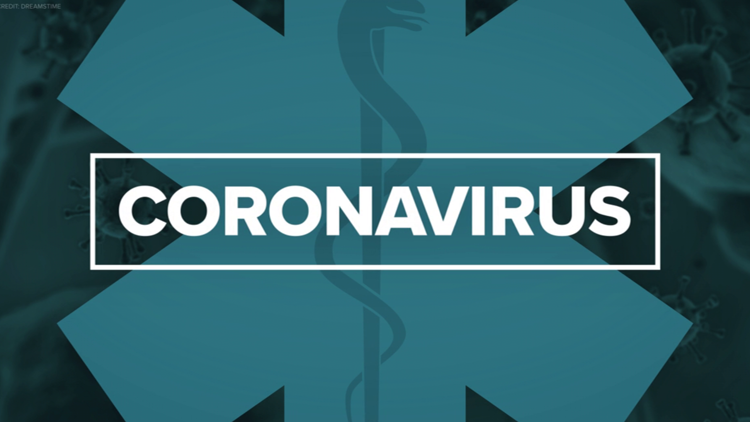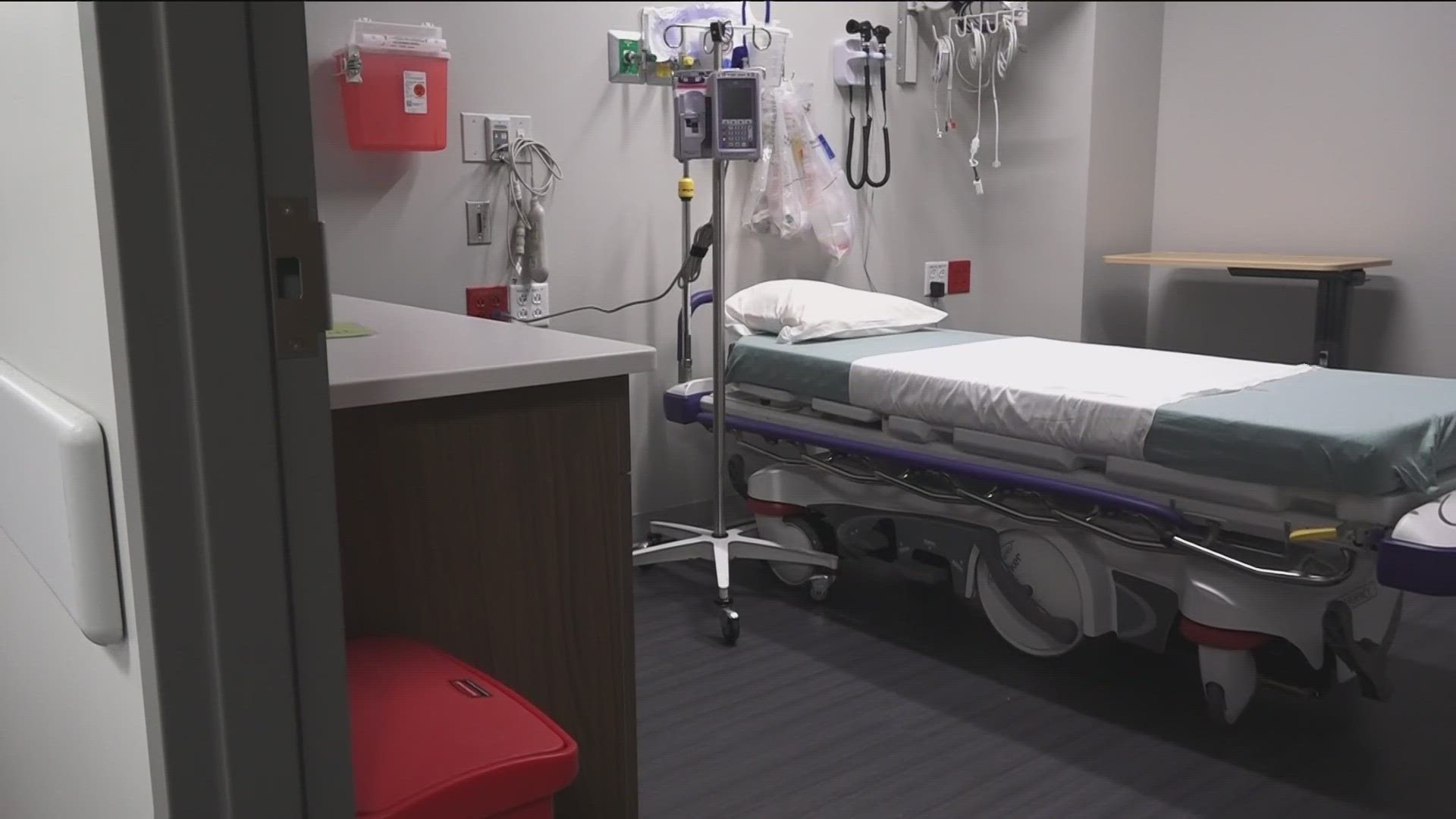OKLAHOMA, USA — One more person has tested positive for coronavirus (COVID-19) in Tulsa County in Oklahoma.
According to the Oklahoma State Department of Health, the woman in her 20s tested positive for the virus by the OSDH Public Health Laboratory, but they are still awaiting confirmation from the Centers for Disease Control and Prevention (CDC).
As for now, the case is considered positive presumptive and will be changed to positive confirmed following confirmation from the CDC.
The Tulsa Health Department says that the woman with the presumptive positive case traveled to Italy.
The THD is working with OSDH to conduct an epidemiological investigation and identify those who have come into close contact with the woman. Her identity has not been released at this time.
This comes after a man in his 50s tested positive for coronavirus in Tulsa county on March 6.
The coronavirus test results for Oklahoma are:
- Positive (Confirmed): 1
- Positive (Presumptive): 1
- Negative: 15
- PUIs Pending Results: 11
- Total Tested: 17
The Coronavirus Disease 2019 (COVID-19) is a new virus identified as the cause of an outbreak of respiratory illness first detected in Wuhan City, Hubei Province, China and which continues to expand. Chinese health officials have reported thousands of infections with COVID-19 in China, with the virus reportedly spreading from person-to-person in many parts of that country. Infections with COVID-19, most of them associated with travel from Wuhan, also are being reported in a growing number of international locations, including the United States.
What are the symptoms of COVID-19?
For confirmed COVID-19 infections, reported illnesses have ranged from people being mildly sick to people being severely ill and dying. Symptoms can include:
- Fever
- Cough
- Shortness of breath
The Centers for Disease Control and Prevention (CDC) believes at this time that symptoms of COVID-19 may appear in as few as 2 days or as long as 14 after exposure. This is based on what has been seen previously as the incubation period of MERS viruses.


How do people become infected with COVID-19?
The exact way the virus is spread is not fully known. With similar coronaviruses (such as MERS and SARS) person-to-person spread is thought to have happened mainly via respiratory droplets produced when an infected person coughs or sneezes, similar to how influenza and other viruses that cause respiratory illness spread. The persons at greatest risk are close contacts of an infected case such as those who are in the same room for a long period of time, such as healthcare personnel or household members.
How can I help protect myself and my family?
Per recommendations from the CDC, nonessential travel to China is not recommended at this time to prevent U.S. travelers from getting the virus during a visit to China. It is important to understand this virus is not spreading in the United States right now, so aside from avoiding nonessential travel the best steps to avoid contracting respiratory viruses include:
- Avoid close contact with people who are sick.
- Avoid touching your eyes, nose, and mouth with unwashed hands.
- Wash your hands often with soap and water for at least 20 seconds. If soap and water are not available, use an alcohol-based hand sanitizer.
What should I do if I recently traveled to China and got sick?
If you were in China within the past 14 days and feel sick with fever, cough, or difficulty breathing, you should get medical care. Call the office of your healthcare provider before you go and tell them about your travel and your symptoms. They will give you instructions on how to get care without exposing other people to your illness. While sick, avoid contact with people, don’t go out and delay any travel to reduce the possibility of spreading illness to others.
For Additional Information and Guidance:
- General information from CDC
- Interim Guidance for Healthcare Professionals
- Initial Public Health Response and Interim Clinical Guidance for the 2019 Novel Coronavirus Outbreak — United States, December 31, 2019–February 4, 2020
- Flowchart to Identify and Assess 2019 Novel Coronavirus
- Infection Control Guidance from CDC
- Laboratory Guidance
- Travel Guidance
- Interim US Guidance for Risk Assessment and Public Health Management of Persons with Potential 2019 Novel Coronavirus (2019-nCoV) Exposure in Travel-associated or Community Settings



